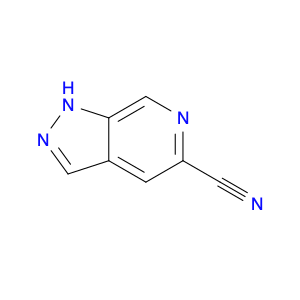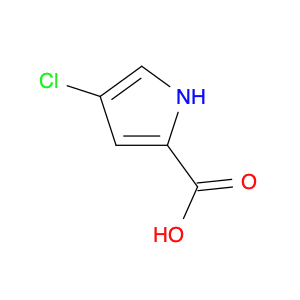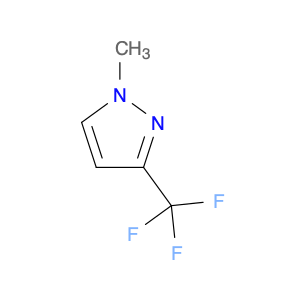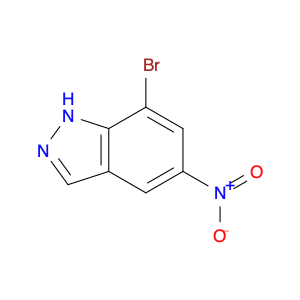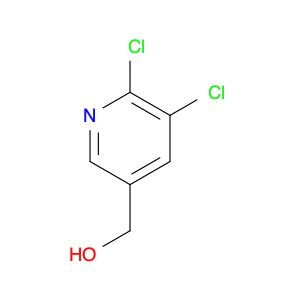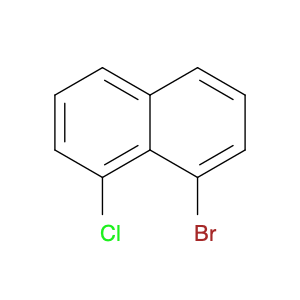1H-Pyrazolo[3,4-c]pyridine-5-carbonitrile is a highly versatile compound that finds extensive use in chemical synthesis due to its unique structural properties and reactivity. This heterocyclic compound serves as a valuable building block for the construction of a variety of complex organic molecules. Its nitrogen-containing pyrazole and pyridine rings make it a key intermediate in the synthesis of pharmaceuticals, agrochemicals, and functional materials.In chemical synthesis, 1H-Pyrazolo[3,4-c]pyridine-5-carbonitrile can act as a valuable precursor for the introduction of functional groups such as a nitrile (-CN), which can undergo various transformations to yield a diverse array of compounds. The presence of the carbonitrile group allows for further derivatization through traditional organic reactions such as substitution, addition, and reduction, expanding the potential applications of the compound in the synthesis of new molecules with desired properties.Moreover, the fused pyrazole and pyridine ring system in 1H-Pyrazolo[3,4-c]pyridine-5-carbonitrile imparts specific electronic and steric effects that can influence the reactivity and selectivity of subsequent chemical transformations. By strategically incorporating this compound into synthetic routes, chemists can access novel chemical scaffolds and functional groups that are essential in the development of drug candidates, agrochemicals, and advanced materials.Overall, the strategic utilization of 1H-Pyrazolo[3,4-c]pyridine-5-carbonitrile in chemical synthesis offers a powerful tool for the construction of structurally diverse and biologically relevant compounds, making it a valuable asset in the toolbox of synthetic chemists.
 sales@aaronchem.com
sales@aaronchem.com
